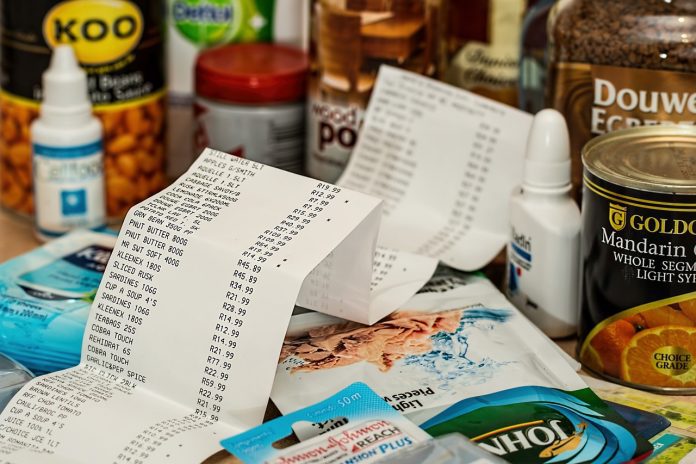
According to Canada’s Food Price Report, a family of four will spend $348 more on food in 2018 than last year for a total of $11,948. With food prices going up, it pays to find ways to cut costs. Here are 27 tips for reducing your food bill:
- Sit down before you shop and make a meal plan. Include the foods you need for breakfasts, lunches, dinners and snacks.
- Set a food budget and make choices based on what you want to spend.
- Review the grocery store flyers to see what’s on special. This may help you decide what to put in your meal plan.
- Identify all the items you will need to make meals for the week and make a shopping list.
- Eat before you go to the store. You’re less likely to pick up extra items if you aren’t hungry.
- Shop on discount days. Most grocery stores have a day (such as the first Tuesday of the month) where they offer an additional discount on your entire bill.
At the grocery store:
- Get rewards. Several grocery stores have free rewards cards that help you save on the cost of certain products each week. Bring a calculator to help you track how much you’re spending so you can stay on budget.
- Plan your route through the store. Start with the outer perimeter. This is where the fresh food is kept. Once you get the items on your list, target the aisles that have the other items on your list.
- Don’t wander up and down the aisles. You’re more likely to pick up items you don’t need.
- Consider buying store brand products instead of brand names.
- Use coupons.
- Buy in bulk for items that you can freeze or that are non-perishable.
- Stick to your grocery list as much as possible, but keep your eye out for sales on items you use frequently.
- Avoid pre-packaged foods (unless the sale price is really good). That convenience often comes with a more expensive price tag. For example, it may cost less to buy a block of cheese than shredded cheese packages.
- When trying to decide between two similar products, take time to calculate the cost per portion. Sometimes the unit price is located on the shelf label. The lower cost isn’t necessarily the better deal.
- If you don’t know how you’re going to use an item, don’t buy it.
- Watch as items are scanned at checkout. Machines and cashiers aren’t perfect.
Dining out:
- Dining out can be fun but expensive. Try to reduce the number of times you eat out in a week. Even cutting out one or two meals will save you a lot of money.
- Many restaurants offer coupons or specials. Take advantage of them.
- Portion sizes at restaurants are often larger than you need. Ask your server to package half and eat it for lunch the next day.
- Order an appetizer rather than a full meal.
- Ask if there is a half size or lunch size option available. Share an appetizer or dessert with your dining companion.
Change your habits:
- If you normally cook for one or two people, double the recipe and freeze the leftovers. This not only saves you time, but it is often more economical.
- Start drinking water instead of soda. A water filter on your tap or in a pitcher costs less than bottled water or other beverages, and it’s good for you.
- Cut down on junk food. Not only will you spend less money but you’ll improve your health.
- Make your coffee at home and pack a lunch. You’ll save a lot of money each week, even if you only do it every other day.
- Try not to shop when you’re tired or overwhelmed. You’ll be more likely to pick up convenience foods.
Reference: Dalhousie University. Canada’s Food Price Report 2018. Retrieved from https://www.dal.ca/faculty/management/news-events/canada-s-food-price-report.html








